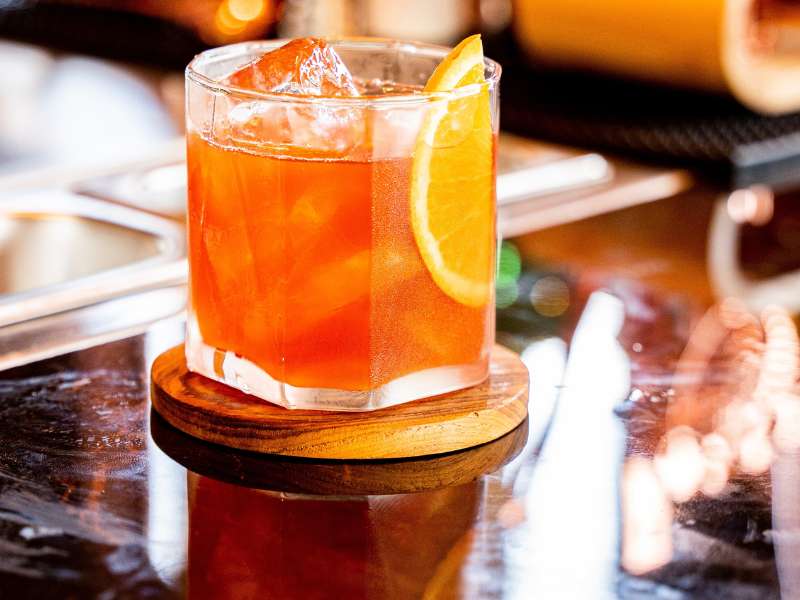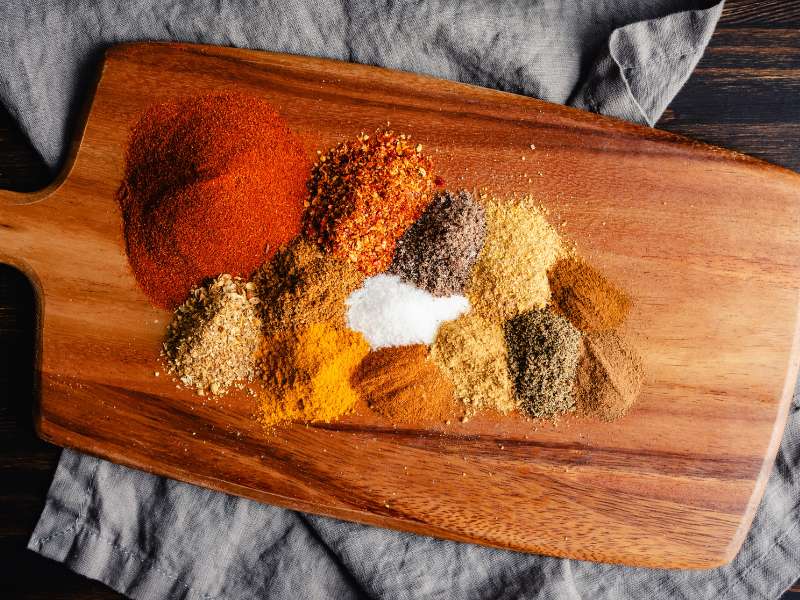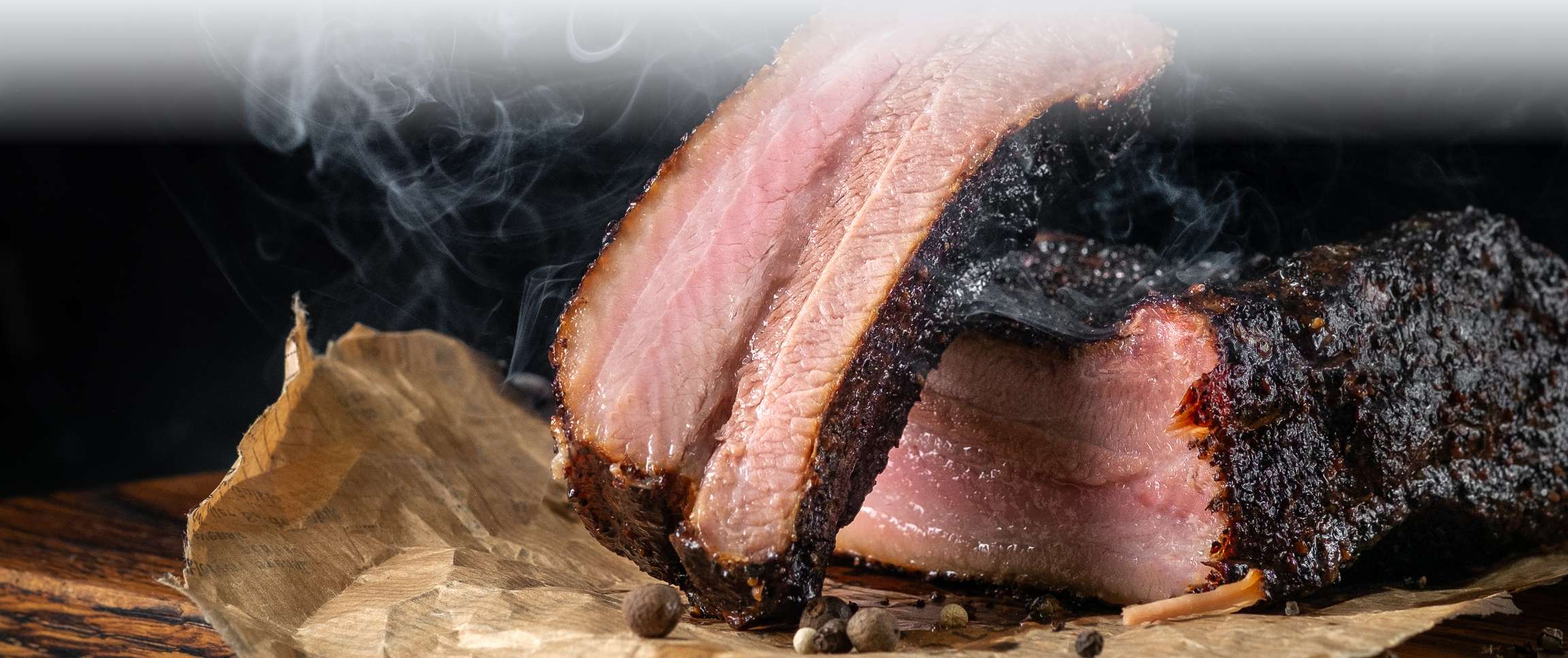I grew up in rural South Carolina, where smoky, juicy barbecued pork was part of the fabric of our lives. It was the cornerstone of local restaurants, the star of school fundraisers, and the highlight of holiday parties. Smoke, to us, was flavor, memory, and hospitality all in one.
Smoked food is tied to traditions around the world — from Southern BBQ to Nordic smoked fish. For many, it evokes memories of cookouts, family gatherings, or cultural rituals, creating a deeper emotional connection to the food.
So, as a personal chef and food lover, I’m thrilled to see smoky flavors trending far beyond traditional BBQ pork dishes I grew up with. According to research, nearly 60% of consumers say they enjoy smoky flavors in dishes, and more than 40% actively seek them out when dining out. From craft cocktails to intricate desserts, smoky notes are showing up in creative and compelling ways on modern menus.
Whether you run a small café or a full-service kitchen, smoky flavors offer a powerful opportunity to elevate your dishes with depth and complexity — without overwhelming your workflow.
More Than Meats
Smoke has long been the soul of Southern barbecue, but today’s diners are hungry for smoky surprises across every course. Over the years, I’ve grown to appreciate smoky flavors in more than just BBQ. I still remember my first taste of juicy, smoked turkey breast at my grandparents’ 50th wedding anniversary, the surprisingly rich taste of Smoked Gouda Mac & Cheese as a college student in Charleston, and the bold, savory taste of smoked jalapeno hummus while traveling in DC. These core food memories have inspired me to appreciate the depth and nuance smoking can bring to the table.
Cocktails are also a prime canvas. A smoked rosemary Old Fashioned or mezcal-based Negroni can transform a drink into a sensory experience. The key is balance — pairing smoky elements with sweetness, acidity, or freshness to keep dishes dynamic.
I also love to experiment with global traditions — smoky Turkish eggplant dips, smoked tofu banh mi, or savory smoked Chinese sausages. Just make sure to focus on one smoky element per dish, so that it doesn’t overwhelm the palate.
From Pits to Pistols
While mesquite or hickory are great choices for meat, a more neutral wood like oak or pecan can work better for smoking other cheeses, vegetables, and fruit. Consider Axedental Woodsman™ Cooking Wood for premium hardwood that’s sustainably sourced and comes with detailed guidance on optimal burn temperature, moisture content, and flavor profile. It delivers aromatic flavors without overpowering dishes. Using the right wood at the right time is like seasoning with salt — it enhances everything.
Traditional smokers remain the gold standard for meats, but innovation has brought smoke to every corner of the kitchen. Smoking guns, for example, allow you to lightly infuse flavor into ingredients post-cooking — from cocktails to butter to soft cheeses — without the commitment of a full smoker.
Grills, wood-fired ovens, and even stovetop smoking pans are all excellent entry points. Remember: good smoke is clean smoke. Burn at the right temp to avoid bitter or acrid results and to avoid a layer of soot on the food. And keep in mind that fat helps absorb smoke. If you’re smoking a lean ingredient — like a fruit or vegetable — adding olive oil or butter to the food will help trap more smoky flavor.
Smoke Without the Smokehouse
Not every kitchen has space, the ventilation, or time for smoking dishes. Fortunately, the market is full of high-quality, pre-smoked products that bring the flavor without the fuss.
Ready-made smoked meats (like brisket or pulled pork), smoked salts and spices, and even smoked salmon and seafood dips can help you incorporate smoky notes into specials or limited-time offerings.
And as a personal chef, I want to share that love of smoky flavor with my clients without having to break out the wood chips or monitor long cook times. One personal favorite in my pantry is smoked paprika. You can find it in both hot and mild varieties, and I sneak it into corn chowders, braised collards, and veggie tacos to add an intense smokiness without the meat.
Small-Scale Smoking
If you’re hesitant to jump in full force, consider starting with a weekly “smoke night” special or a seasonal item that incorporates smoked elements. Use your wood-fired oven to add a kiss of smoke to flatbreads or roast vegetables over a wood plank with some smoked paprika for a subtle finish.
Even smaller operations can experiment by using mini smoking boxes or infusers. A unique approach I’ve seen locally is flash-smoking — applying a short burst of smoke under a dome at the table for dramatic presentation and aromatic impact. Usually done with cocktails, it can also add a kiss of flavor to creamy dishes like pasta or gnocchi.
Bringing the Smoke Home
Smoky flavor isn’t just a culinary trend — it’s an emotion. It evokes nostalgia, craftsmanship, and warmth. When used thoughtfully, it can transform even the simplest dishes into memorable moments. Integrating smoky flavors — whether through technique, pre-made products, or thoughtful menu planning — is a surefire way to stay on trend and deliver bold flavor. Start small, experiment often, and trust your palate.



